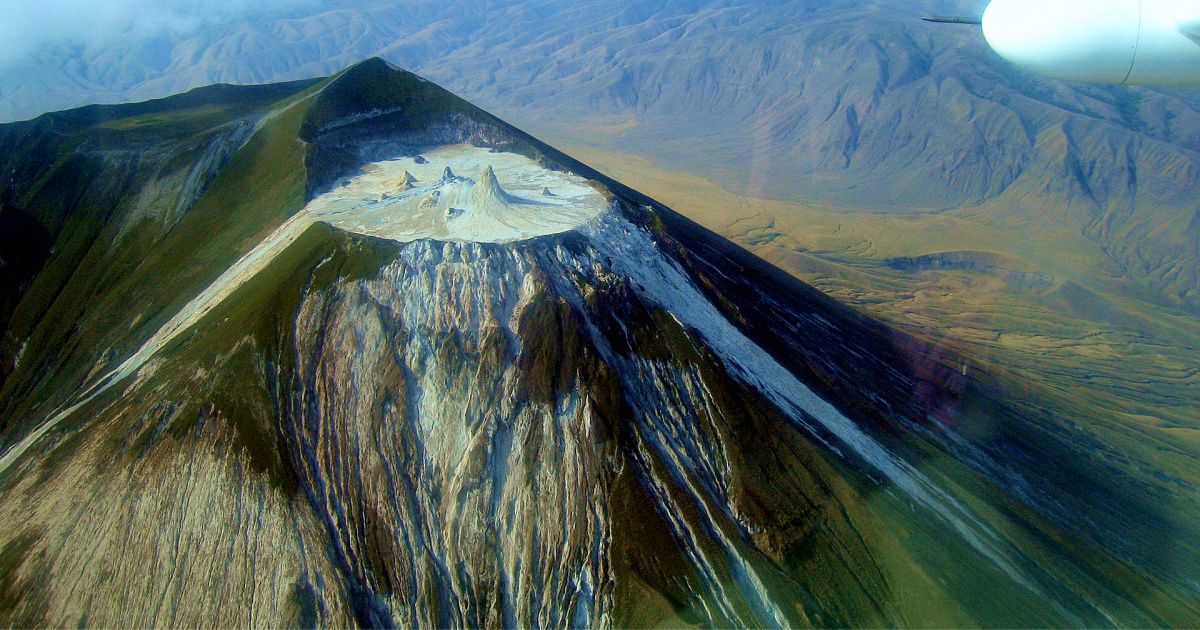Solar Sails and Comet Tails: How Sunlight Pushes Stuff Around
During the Age of Sail, ships circled the globe on voyages of discovery and trade. That era ended in the 1800s, when coal-fired steam engines began to replace wind power. Now we may be entering a new age of sail—but this time in space. Reversing history, engines and fuel could be replaced by sails on some spacecraft, pushed not by wind but by sunlight.
The idea is still in development, but we know it works. Just a few weeks ago, NASA hoisted sail on a new test craft, a satellite called the Advanced Composite Solar Sail System (ACS3). It has a square sail 9 meters wide that allows it to adjust its orbital path.
Now, to really go somewhere, you’d need a much bigger sail, and a NASA effort to build one spanning 1,650 square meters was abandoned in 2022 as infeasible, given the budget. But that’s an implementation issue, which I’m sure smart humans can solve.
To be clear, this isn’t like putting photovoltaic panels on your roof to generate electricity. Lots of spacecraft and planetary rovers use those already. These are actually shiny, ultralight sails that are pushed by solar radiation. Well, you might ask: How the heck can light move a physical object?
Comet Tails
Good question! After all, when someone says they were “floored” by the beauty of a sunrise, we don’t imagine that they were actually struck down. But light bouncing off a surface really does exert a physical force, small though it may be.
One example is the tail on a comet. You might think it’s like a contrail thrown off as a comet hurtles through space. Nope. See, comets are basically big dirty snowballs. When one nears the sun, some of that ice turns to gas, releasing clouds of dust. The sun’s light then pushes that dust away in a stream that can stretch for millions of miles—sideways to the comet’s path!
Speaking of which, there’s a comet approaching right now that may put on a spectacular show in October. It’s called Tsuchinshan–ATLAS, and its tail might even be visible to the naked eye.
Electromagnetic Waves
Now, light travels in waves, which are a sort of “moving displacement.” Look at an ocean wave: The water only moves up and down, but that vertical displacement travels horizontally across the surface. It can sure as heck knock you over if you wade into the water.
But light waves are different from ocean waves or sound waves. Take away the water in the sea and you have no waves to surf on. The same is true for sound: There’s no wave if there’s no atmosphere for it to “wave” in. That’s why space is so weirdly silent.
Light, on the other hand, can travel through empty space. That’s because, in a sense, a light wave is its own medium. The reason is that it’s actually made up of two waves—there’s an electric field wave and a magnetic field wave. That’s why we call it electromagnetic radiation.
This includes the radio waves beamed from cell towers, which have a wavelength of a meter to hundreds of meters. At very short wavelengths (400 to 700 nanometers), electromagnetic (EM) waves can interact with your eyes. We call that visible light. Go even shorter and you get X-rays.
But here’s the key thing: The electric and magnetic components are perpendicular to each other, and both are perpendicular to the direction the wave is traveling in. Here’s an animation I made of an EM wave moving along: The yellow arrows are the electric field, and the magenta arrows are the magnetic field. Cool, right?
Electric Charges in an Electric Field
Now let’s see how that EM wave interacts with matter. We’ll start by looking at what happens to an electrically charged particle like a proton (positive) or an electron (negative) in an electric field. Suppose there’s a region in space with a constant electric field (E) in the upward direction:
Say the proton has a charge of +q coulombs; then the electric field exerts a force of q x E in the direction of the field, causing it to accelerate upward. For the negative electron, the force is in the opposite direction, downward.
Moving Charges in a Magnetic Field
But that’s only half the story. The magnetic field also interacts with charged particles—but weirdly, only if they’re moving. And here’s the even weirder part: The direction of this magnetic force, shown by the F arrow below, is perpendicular to the direction of the particle’s velocity (qv) and the direction of the magnetic field (B). Here’s what that looks like:
If you had a negative charged particle moving in the opposite direction, it would experience a magnetic force in the same direction as the positive charge. How can I put it? Opposite charge and opposite direction—it’s sort of double reversed.
Just for fun, here’s a demonstration of electric and magnetic forces using a Tesla coil and a Crooke’s tube. The Tesla coil, off to the left, produces an extremely strong electric field—you can see the spark from it. This causes electrons inside the tube to accelerate from left to right. The bright line shows the path of this stream.
Now I’m going to bring the north pole of a magnet near the electron beam. You can see that the beam bends upward (which is perpendicular to both the magnetic field and the velocity of the electrons). This shows the electrons being deflected and pushed by the magnetic field.
Electromagnetic Waves and Matter
OK, let’s put it all together. Suppose we have an EM wave moving to the right at an instant when the electric field is pointing up. If this field encounters a positively charged proton, that proton will start moving up.
But now that the proton is moving up and the magnetic field is pointing out of the page, this will exert a force in—wait for it—the same direction the EM wave is traveling, to the right. It’s no longer moving up; instead, it’s being pushed forward.
Same thing if you replace the proton with a negatively charged electron: It will start to move downward because of the electric field. But since it’s a moving charge, the magnetic force will kick in and the particle will again be pushed in the direction of the wave.
Why do we care about these tiny subatomic particles? Because all matter is made up of protons and electrons (along with nonpartisan neutrons). Boom! We just showed that light can push physical objects. And the whole reason is that light has both electric and magnetic fields.
Estimating the Force of Light
So how much power can we get from this? The strength of the electric and magnetic fields in an EM wave are not independent of each other; if you know E, you can find B. And the stronger the fields, the stronger the interaction with matter.
One way to describe the combined effect is with the Poynting vector (S), which … points in the wave’s direction of travel. (True fact: It is named after John Henry Poynting.) With this, we can calculate the radiation pressure (P), which is the force per unit area for light hitting some surface.
Here c is the speed of light (about 3 x 108 meters per second), and S is the average magnitude of the Poynting vector. Assuming a sunlight Poynting vector with a value of 1,350 watts per square meter, this would give us a radiation pressure of 4.5 x 10–6 newtons per square meter.
If we use this radiation pressure with NASA’s ACS3 solar sail (an area of 81 square meters), we get a solar force of 3.6 x 10–4 newtons. Yes, that’s tiny. It’s roughly equivalent to the gravitational force of a single grain of a salt in your hand. But hey, it’s free power available in unlimited supply!
And think about what happens over time: As long as the sun shines, that force continues to be applied, so the craft will continually accelerate. With no resistance in the vacuum of space, it could actually reach very high speeds over long distances.
Best of all, you eliminate the need for fuel. Rocket engines produce thrust by using chemical reactions to shoot stuff out of the back. But to eject mass, you have to carry mass with you, and you can only carry so much. That’s why solar sails should enable us to go much farther out into space.
But for now we still have the comet Tsuchinshan–ATLAS coming in October. Hopefully the tiny solar force on pieces of dust will push for a long enough time to create a big, beautiful tail. I think it’s going to be great.




